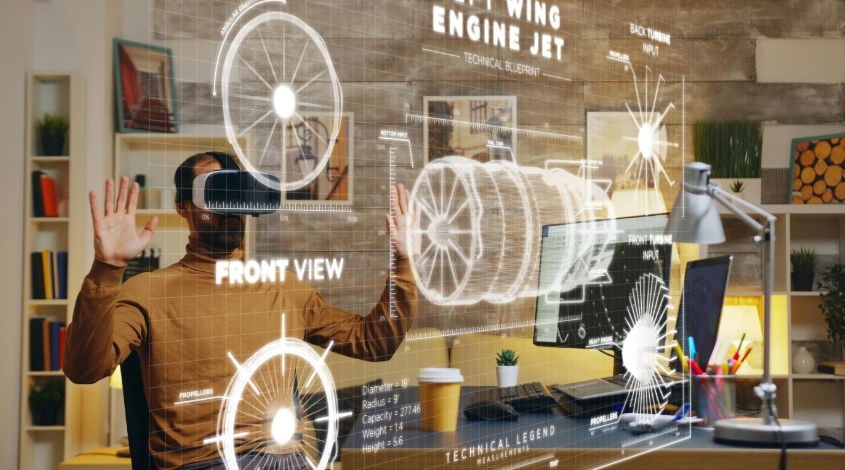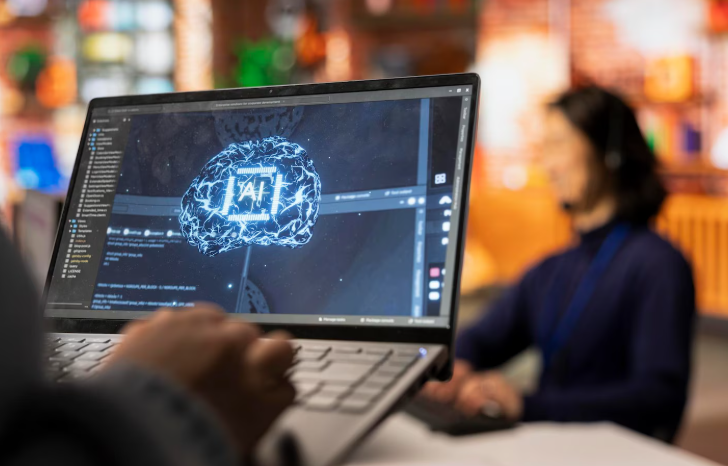In the fast-paced world of startups and digital products, speed is everything. By 2025, the race to develop minimum viable products (MVPs) quickly and efficiently will be more competitive than ever. Businesses that can prototype, test, and iterate faster gain a significant advantage in capturing market share. The good news? AI and automation are revolutionizing how MVP development 2025 are built, tested, and launched.
This article explores the future of MVP development in 2025, focusing on how AI and automation streamline prototyping, reduce costs, and increase the chances of success.
What is an MVP and Why It Matters in 2025
A Minimum Viable Product (MVP) is the simplest version of a product that allows startups or businesses to test core functionalities with early users. The main goal is to:
- Validate product ideas quickly
- Gather feedback from real users
- Minimize development costs and risks
In 2025, with technological advancements and market demands increasing, building MVPs efficiently is critical. Companies can no longer afford months of traditional development without user feedback—they must leverage AI and automation to accelerate the process.
How AI is Transforming MVP development 2025

AI is no longer a futuristic concept—it is actively shaping how products are prototyped and refined. Key areas where AI impacts MVP development 2025 include:
1. AI-Powered Design Suggestions
AI tools can analyze user behavior, industry trends, and competitor data to suggest optimal UI/UX layouts, color schemes, and feature prioritization. This drastically reduces the time designers spend on trial-and-error approaches.
Example: Platforms like Figma with AI plugins can automatically generate wireframes and suggest UX improvements based on best practices.
2. Automated Code Generation
AI can now convert design mockups into functional code in a fraction of the time it would take manually. Tools like GitHub Copilot and AI-powered low-code platforms allow developers to focus on logic and features rather than boilerplate coding.
This means MVP development 2025 can move from concept to functional prototype in days instead of weeks.
3. Intelligent Testing & QA
AI-driven testing tools can automatically identify bugs, UI inconsistencies, and performance issues. They can simulate real-world user interactions and provide actionable insights for improvements.
Benefits include:
- Faster testing cycles
- Reduced human error
- Better user experience from the first prototype
4. Predictive Analytics for Feature Prioritization
AI can predict which features are likely to drive user engagement, retention, and revenue, helping teams focus on what matters most in the MVP development 2025. This ensures that businesses invest time and resources in features that generate real impact.
How Automation Accelerates MVP development 2025 Prototyping
Automation complements AI by handling repetitive tasks, allowing teams to focus on creativity and innovation. Key areas of automation in MVP development 2025 include:
1. Continuous Integration and Deployment (CI/CD)
Automated pipelines allow MVP development 2025 to be built, tested, and deployed continuously, making updates faster and more reliable.
2. Automated Feedback Loops
Integration with analytics tools allows MVPs to collect user feedback automatically, tracking behavior, clicks, and drop-offs. This enables rapid iteration based on real data.
3. Template-Based Prototyping
Automation platforms offer pre-built templates for common app functionalities such as login systems, payment gateways, and dashboards. Startups can now assemble MVPs quickly without starting from scratch.
Benefits of AI and Automation in MVP development 2025
- Speed to Market – MVPs are built faster, allowing businesses to test ideas and pivot if needed.
- Cost Efficiency – Reduced manual coding and testing lower development expenses.
- Higher Quality MVPs – AI-driven insights and automated testing ensure fewer bugs and better user experience.
- Data-Driven Decisions – Analytics integrated into MVP development 2025 provide actionable insights for iteration and scaling.
- Focus on Innovation – Teams spend less time on repetitive tasks and more time on strategic problem-solving.
Real-World Applications
Several industries are already leveraging AI and automation for MVP development 2025:
- Fintech Startups: Rapid prototyping of apps for digital banking and personal finance management.
- Healthcare: AI-powered MVPs for telemedicine platforms and patient monitoring tools.
- E-commerce: MVPs for personalized shopping experiences with AI-driven recommendations.
- EdTech: Automated MVPs for learning platforms with adaptive content based on student behavior.
These examples demonstrate how AI and automation reduce risk while maximizing learning from early users.
Challenges to Consider
While AI and automation offer immense benefits, businesses must also be aware of potential challenges:
- Over-reliance on AI: Human oversight is still necessary to ensure creativity and relevance.
- Data Privacy: Using AI tools that handle user data requires strict compliance with regulations like GDPR and CCPA.
- Technical Skills: Teams must adapt to new tools and platforms, which may require training.
- Bias in AI Predictions: AI algorithms must be monitored to avoid biased recommendations that could affect the product direction.
Best Practices for Leveraging AI and Automation in MVP development 2025
- Start with Clear Goals – Define the primary problem your MVP aims to solve before using AI for design or feature suggestions.
- Use AI for Insights, Not Decisions – Let AI provide guidance, but validate features with real user feedback.
- Integrate Continuous Feedback Loops – Automate analytics and user testing to iterate quickly.
- Focus on Scalability – Build your MVP with an architecture that allows easy scaling once validated.
- Balance Automation and Human Creativity – Use AI and automation to save time, but don’t compromise innovation.
The Future of MVP Development Beyond 2025
Looking ahead, AI and automation will continue to reshape the MVP landscape:
- Hyper-personalized MVPs: AI will predict niche user needs for micro-targeted solutions.
- Fully Automated Prototyping: Startups may soon build functional MVPs almost entirely via AI-driven automation platforms.
- Integration with Emerging Tech: AR/VR, blockchain, and IoT will be prototyped faster with AI-assisted frameworks.
- Global Collaboration: AI tools will allow distributed teams to collaborate seamlessly, speeding up development cycles worldwide.
The ultimate goal is faster, smarter, and more efficient MVPs that deliver real value to users and businesses alike.
Final Thoughts
In 2025, the combination of AI and automation is revolutionary for MVP development. Startups and enterprises can:
- Build prototypes faster than ever
- Reduce costs and minimize risk
- Improve quality and user experience
- Make data-driven decisions with predictive insights
Businesses that leverage these tools will gain a competitive advantage, launching products that resonate with users and adapt quickly to market demands.
The future of MVP development is smarter, faster, and more innovative, and AI-driven automation is the engine driving this revolution.

